Could these tiny, low-cost electric cars help save America’s cities from massive vehicles?
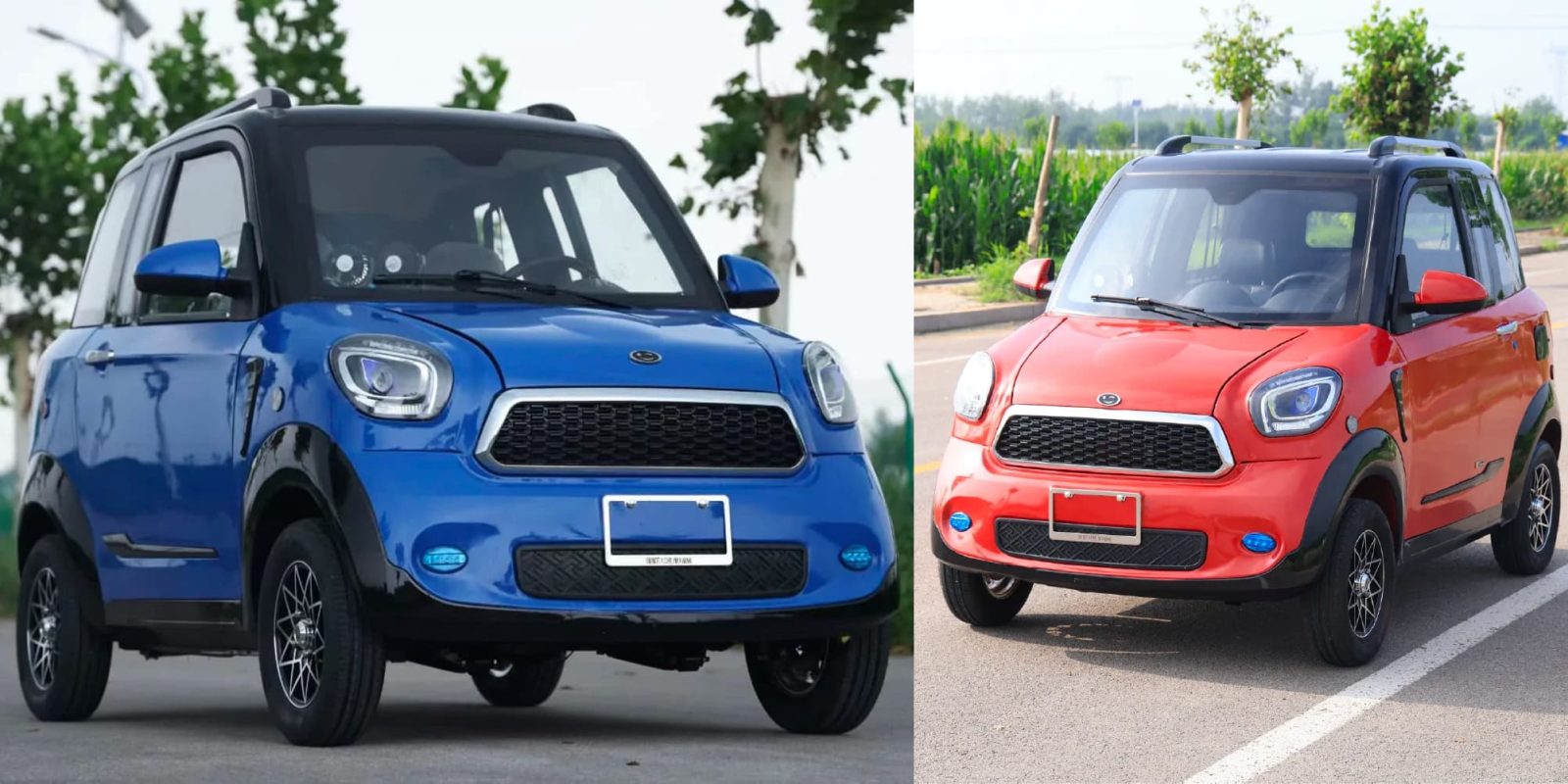
As the cars on US roads grow larger and heavier every year, perhaps going electric simply isn’t enough. To take back our cities from massive trucks and SUVs while simultaneously promoting affordable and efficient electric vehicles, New York-based startup Wink Motors thinks it has the answer.
Wink has just unveiled four new neighborhood electric vehicles (NEVs) designed for American roads.
They are engineered to conform to federal regulations from the National Highway Traffic Safety Administration (NHTSA) and thus are street-legal under low-speed vehicle (LSV) regulations.
Phew, that’s a lot of acronyms!
Basically, LSVs are small electric vehicles that meet a specific set of abbreviated safety regulations and operate at maximum speeds of 25 mph (40 km/h). They’re permitted on US roads with speed limits posted up to 35 mph (56 km/h).
And Wink Motors tells us it has some of the few street-legal options available in the country.
As Wink’s founder and CEO Mark Dweck explained:
We designed these vehicles to be the perfect small-format urban vehicle. They are small and easy to park in tight spaces like an electric bike or motorcycle, yet have fully enclosed seating for four adults and can be driven in rain, snow, or other inclement weather like full-size cars. Since they’re electric, you never have to pay for gas or contribute to harmful emissions. And you can even charge them from the sun with the rooftop solar panels.

I’ve actually had the pleasure of watching Wink Motors grow in stealth mode over the last year and a half while providing technical consulting on the vehicle designs.
The Winks may not be fast, but they max out the legal limit of 25 mph (40 km/h) permitted for LSVs.
That lower speed also makes them safer and more efficient – perfect for city driving in crowded urban areas where speeds rarely exceed LSV limits. In Manhattan, you may never even get up to 25 mph!
Wink offers four models of vehicles, two of which have roof-mounted solar panels to add between 10-15 miles (16-25 km) of extra range per day when parked outside.
All of the vehicles include four seats, AC and heaters, backup cameras, a parking distance sensor, three-point seat belts, dual-circuit hydraulic disc brakes, 7 kW peak-rated motors, safer LiFePO4-chemistry batteries, electric windows and door locks, key fob for remote locking, windshield wipers, and many of the other features we generally associate with cars.
But these aren’t actually “cars,” at least not in a legal sense. They’re motor vehicles, but LSVs are their own classification separate from traditional cars.
Most states still require a driver’s license and insurance, but they usually have relaxed inspection requirements and may even qualify for state tax incentives.
LSVs may not be very common yet, but several companies are already producing interesting models. We’ve seen them built for commercial applications like parcel delivery as well as for both commercial and private use, like the Polaris GEM that was recently spun off into its own company. Unlike the GEM, which is designed as an open-air vehicle similar to a golf cart, Wink’s vehicles are enclosed like conventional cars. And they happen to come in at less than half the price.
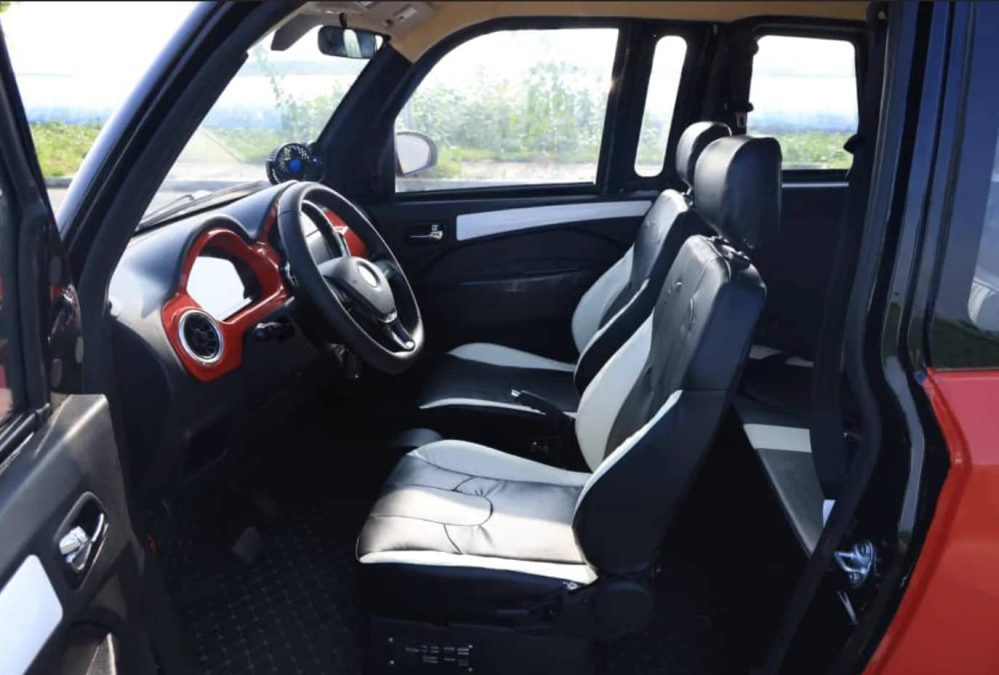
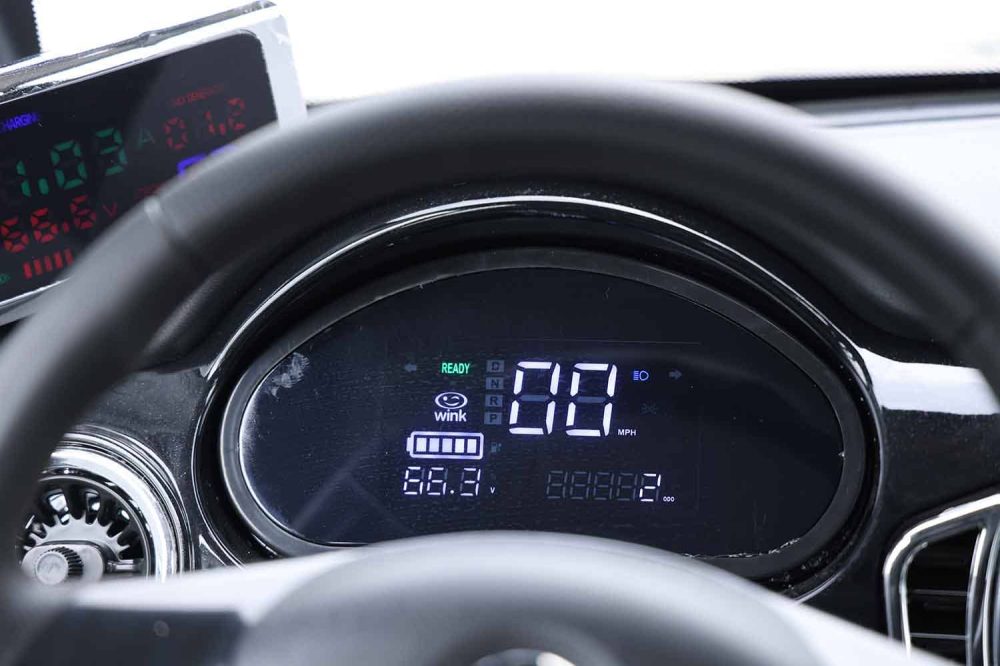
Wink expects to begin delivering its first vehicles before the end of the year. The promotional pricing during the current launch starts at $8,995 for the 40-mile-range (64 km) Sprout model and increases up to $11,995 for the 60-mile-range (96 km) Mark 2 Solar model. Considering a new golf cart can easily cost $9K-$10K, that sounds quite reasonable. And I don’t know of any golf carts that come with air conditioning or power windows.
Among the four new Wink NEVs, the Sprout line is the entry-level model. The Sprout and Sprout Solar are both two-door models that are largely identical, save for a larger battery and a solar panel in the Sprout Solar model.
Upgrading to the Mark 1 gets a different body style, also with two doors, but with an included hatchback and a folding rear bench that turns the four-seater vehicle into a two-seater with extra cargo space.
The Mark 2 Solar has a similar body to the Mark 1, yet with four doors and an added solar panel. The Mark 2 Solar has an onboard charger, though the Sprout models come with off-board chargers like an electric bicycle.
Compared to full-size cars, these NEVs lack the higher speed necessary for inter-city travel. No one is going to be hopping on the highway in a Wink. But as a second car for staying in the city or cruising around the suburbs, these might just fit the bill. Considering a new electric car can easily cost $30,000-$40,000, a low-cost electric vehicle like these can offer many of the same benefits without the added expense.
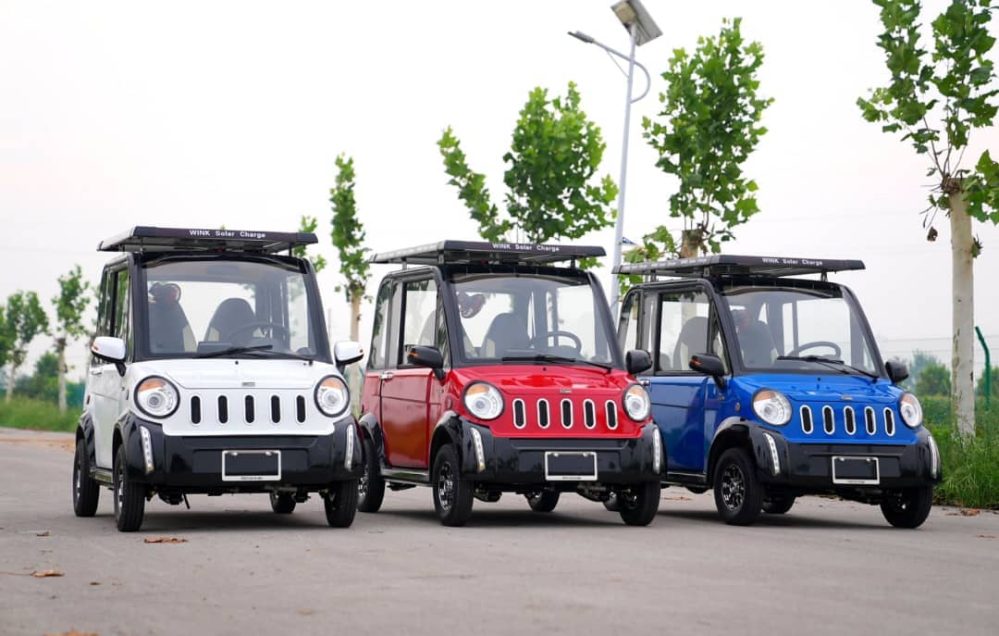
The vehicles get between 40-60 miles (64-96 km) of range, depending on the model.
The solar versions are said to add around a quarter to a third of the battery’s charge per day, depending on available sunlight.
For city residents living in an apartment and parking on the street, the car may never need to be plugged into a wall outlet as long as they only drive on average around 10-15 miles (16-25 km) per day. Considering that my city is about 6 miles (10 km) wide, I can see that being a real possibillity.
As opposed to many electric vehicles today that can weigh between 3,500 to 8,000 pounds (1,500 to 3,600 kg), Wink’s vehicles weigh in the range of 760 to 1,150 pounds (340 to 520 kg), depending on the model. The lightweight vehicles are thus much more efficient, easier to drive, and easier to park.

A 25 mph vehicle may not fit the lives of every American, but it certainly could for some.
LSVs may represent a tiny fraction of the larger electric vehicle market, but their numbers are growing everywhere from cities to beach towns and even retirement communities.
I recently bought an LSV pickup truck, although mine isn’t street legal as I did a private import from China. What was originally marketed as a $2,000 electric mini-truck in China ended up costing me closer to $8,000 after I factored in the larger batteries, upgrades like AC and hydraulic dumping bed, freight (over $3,000 by itself, door to door), and tariffs/customs fees.
Dweck explained that while Wink’s vehicles are also produced in China, Wink had to set up an NHTSA-registered factory and worked with the USDOT throughout the process to ensure full regulatory compliance. They also employ multiple stages of redundant inspections to ensure manufacturing quality and have even exceeded the federal safety requirements for LSVs.
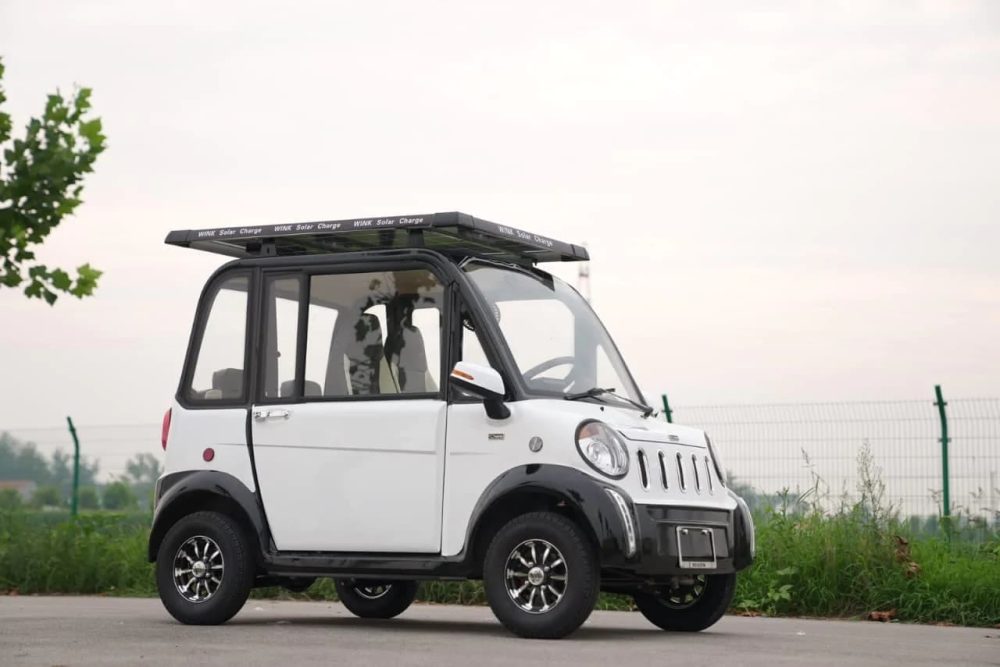
Personally, I’m more of a two-wheeled kind of guy, and you can usually find me commuting on an electric bicycle or e-motorcycle.
But if I was going to need a car for the city, these Winks would definitely have my eye.
They may not hold quite the same charm as some of the European offerings like the Microlino. But you can’t say they aren’t adorable!
FTC: We use income earning auto affiliate links. More.
















![Toni Kroos là ai? [ sự thật về tiểu sử đầy đủ Toni Kroos ]](https://evbn.org/wp-content/uploads/New-Project-6635-1671934592.jpg)


